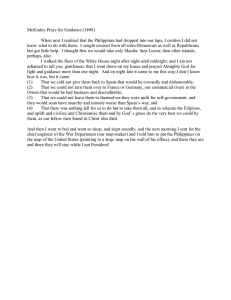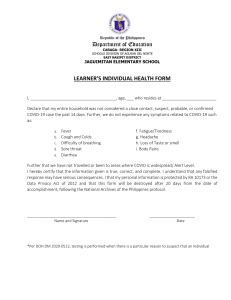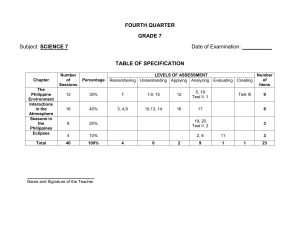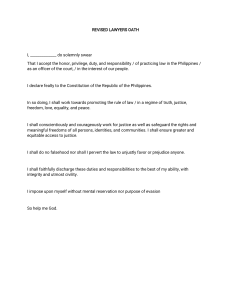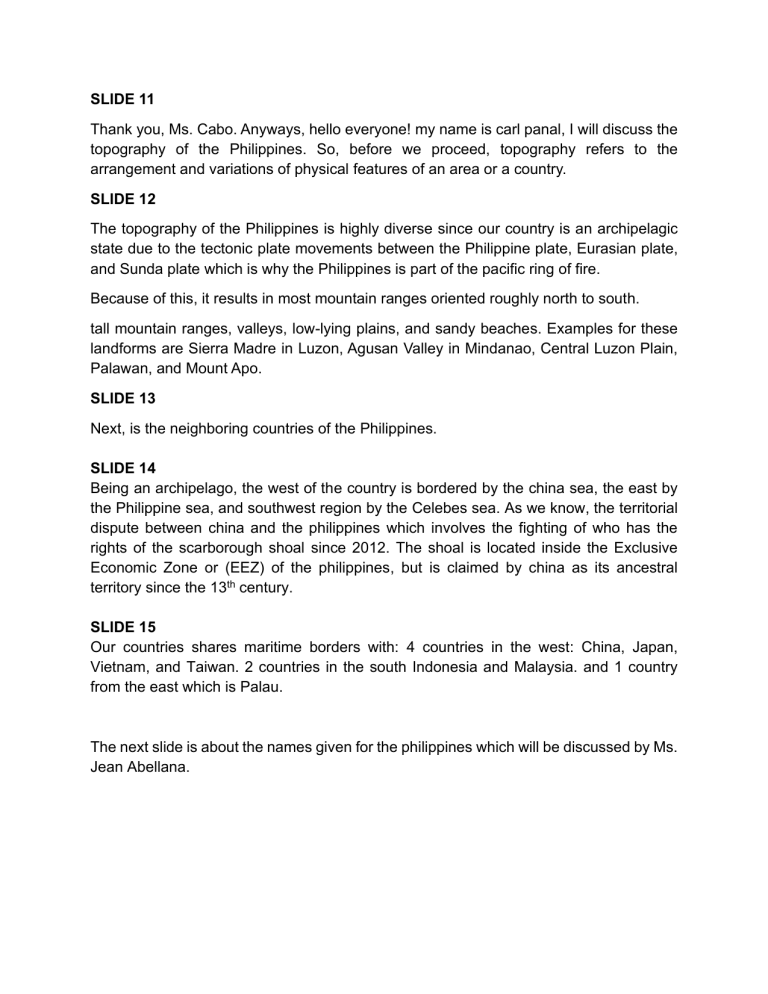
SLIDE 11 Thank you, Ms. Cabo. Anyways, hello everyone! my name is carl panal, I will discuss the topography of the Philippines. So, before we proceed, topography refers to the arrangement and variations of physical features of an area or a country. SLIDE 12 The topography of the Philippines is highly diverse since our country is an archipelagic state due to the tectonic plate movements between the Philippine plate, Eurasian plate, and Sunda plate which is why the Philippines is part of the pacific ring of fire. Because of this, it results in most mountain ranges oriented roughly north to south. tall mountain ranges, valleys, low-lying plains, and sandy beaches. Examples for these landforms are Sierra Madre in Luzon, Agusan Valley in Mindanao, Central Luzon Plain, Palawan, and Mount Apo. SLIDE 13 Next, is the neighboring countries of the Philippines. SLIDE 14 Being an archipelago, the west of the country is bordered by the china sea, the east by the Philippine sea, and southwest region by the Celebes sea. As we know, the territorial dispute between china and the philippines which involves the fighting of who has the rights of the scarborough shoal since 2012. The shoal is located inside the Exclusive Economic Zone or (EEZ) of the philippines, but is claimed by china as its ancestral territory since the 13th century. SLIDE 15 Our countries shares maritime borders with: 4 countries in the west: China, Japan, Vietnam, and Taiwan. 2 countries in the south Indonesia and Malaysia. and 1 country from the east which is Palau. The next slide is about the names given for the philippines which will be discussed by Ms. Jean Abellana.

